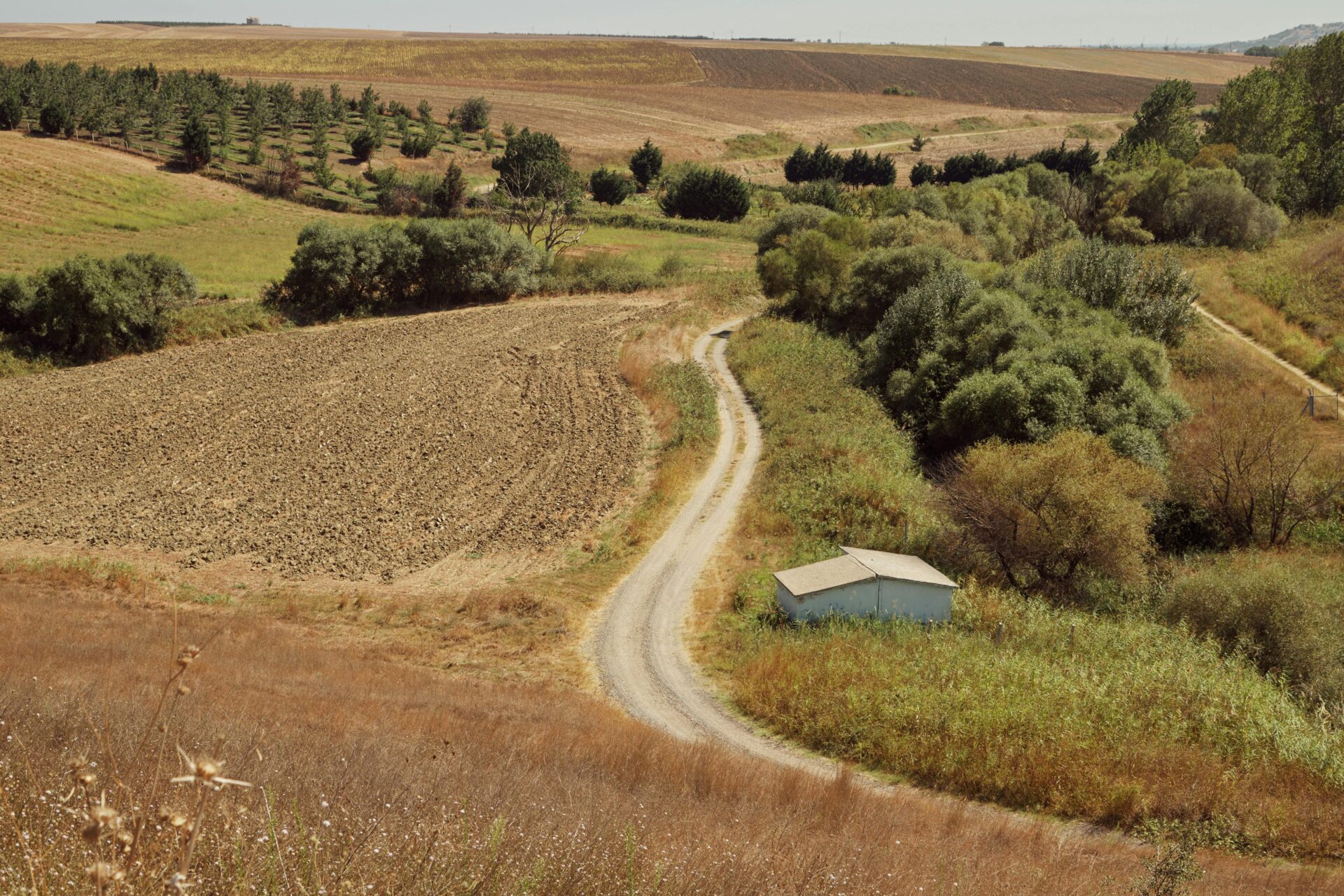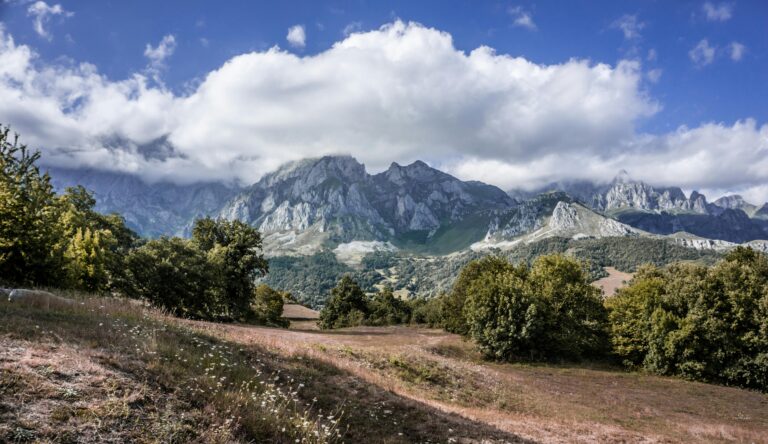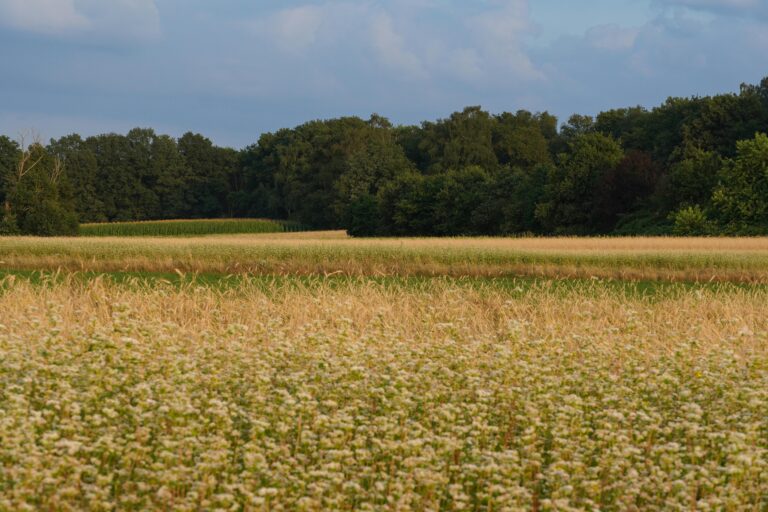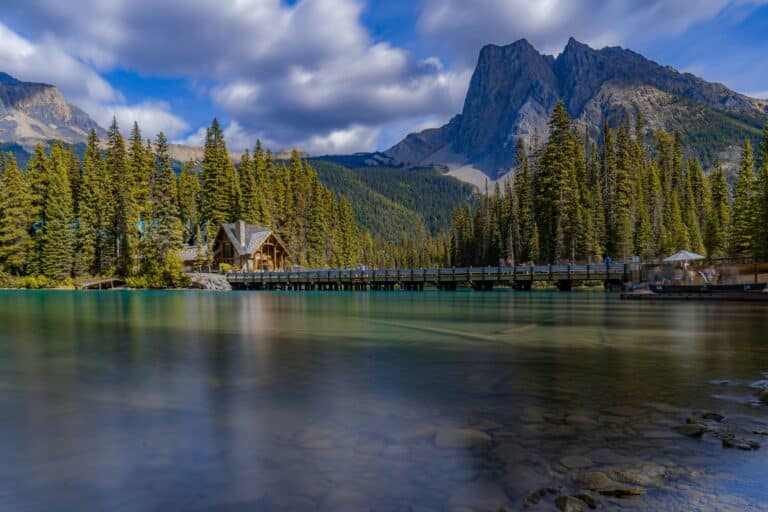Oklahoma is full of diverse land for hunters, farmers, and ranchers. Whether you’re a seasoned buyer or just starting out, you’ll find that Oklahoma is a hidden gem for first-time land buyers, offering a variety of properties from operational farms to wooded acres.
This comprehensive guide on how to buy land in Oklahoma takes landowners through the ins and outs of each step in their new land journey. Before you know it, you’ll find the perfect rural property that aligns with your goals.
Start by Defining Your Purpose for Buying Land
The first step to buying land in Oklahoma is determining what you’ll use your new acreage for. Are you a hunter? Starting a farm or ranch? Building a homestead? These considerations and more are crucial to consider.
Here’s why:
- Hunting – Successful hunting requires varied terrain, an accessible water source, and ample game. Each state has its own zoning regulations regarding seasonal hunting, land borders, species protection, and more.
- Farming – Farms rely on agricultural output, so prospective farmers must prioritize fertile land. You’ll also need to conduct soil testing, research water rights, and get a feel for the local crop market.
- Ranching – Ranches require serious acreage depending on the type of livestock you’ll raise. For instance, you’ll need grazing pastures, barns for the winter months, and water sources.
The choice between hunting, farming, or ranching will determine the ideal location, zoning requirements, and land features to prioritize. Let’s dive into these metrics below.
Research the Ideal Areas in Oklahoma Based on Your Needs
Location, location, location. We can’t stress enough the benefit of choosing a region based on your property’s goals.
From mountains to plains, Oklahoma is home to a range of diverse landforms, ecosystems, and climates. There is significant soil variety, making only part of the state fertile for crops, and tornadoes are not uncommon. Understanding these differences can help you identify the best places to buy land in Oklahoma, whether your focus is hunting, farming, or ranching.
Due to this land diversity, the state of Oklahoma can generally be divided into three areas, each with its own strengths:
- Southeast: hunting – Covered in wooded areas, Southeast OK is the best place for hunting. Due to the high concentration of game species, there are both good hunting numbers and ample licensing opportunities.
- Central region: farming – The middle of the state is characterized by prairie farmland, rolling hills, and grazing pastures. This makes it the most commonly used cropland.
- Western plains: ranching – To the west, grasslands give way to treeless plains dotted with sandstone. This rangeland contains the highest concentration of ranges and pastures in the state.
When browsing land for sale in Oklahoma, narrow down your search by choosing the region best suited to your land goals.
Understand Zoning and Land Use Regulations in Oklahoma
All states regulate land with zoning laws, which designate the type of operations allowed in certain regions. Before purchasing property, verify that the land can legally be used for your intended purpose.
For instance, if you want to start a farm, be aware of water regulations and permits for irrigation systems. If you’re building a homestead or barn, the structures may require specific permits.
Oklahoma zoning laws include various restrictions to be aware of, such as:
- Agricultural districts
- Low-population residential areas
- Parkland reservations
- Water rights
- Hunting permit annual fees
Before diving into the tangled web of bureaucracy, start with the basics: confirm if the land is even zoned or permitted for hunting, farming, or ranching.
Evaluate the Land’s Natural Features and Suitability
As a landowner, it is important to optimize property use based on the land’s natural qualities. This will be helpful not only to your wallet but also to the local ecosystem. Farming, hunting, or ranching should exist in harmony with the land, promoting both sustainability and success.
This is why prospective landowners must assess the land before closing a deal.
Farming and Ranching
When purchasing land for agriculture and/or livestock, evaluate:
- Soil fertility – A soil analysis determines nutrient deficiencies or imbalances, pH levels, and fertilizer recommendations.
- Grazing potential – Livestock need ample pastures or meadows to graze and forage in.
- Water sources – Are there natural water sources on the property for crops and animals? If not, how easy would it be to set up an irrigation system?
If you’re planning on living on your farm or ranch, you’ll either need to look for land with an existing homestead or ensure the land is zoned to build a house.
Hunting
Hunters should evaluate the following land features:
- Terrain – Wooded, flat, and mountainous lands each provide habitats for unique species.
- Wildlife activity – The Oklahoma Department of Wildlife Conservation shares research on the most and least populous species in certain regions.
- Property access points – When purchasing undeveloped hunting property, ensure that the land is easy to traverse and you can build roadways.
Even if land is teeming with game, if the terrain is impossible to access, you won’t be able to hunt.
Explore Financing Options for Buying Land in Oklahoma
If you don’t have the funds to pay for property up front, don’t be discouraged from land ownership. Oklahoma offers several loan programs to help finance hunting, farming, and ranching land purchases, including:
- Facility loans – To build or upgrade farm facilities and structures
- Beginning farmers and ranchers loans – Available to landowners in their first 10 years of ownership
- Farm ownership loans – For down payments, closing costs, or renovations
- Guaranteed farm loans – To buy farmland or finance agricultural production via commercial lenders
- Minority and women farmers and ranchers loan – Financial assistance for historically underserved farmers and ranchers
These loans give first-time landowners a chance to get on their feet.
Other Financial Considerations
Land is a unique type of purchase, and it comes with its fair share of short- and long-term costs. There is a down payment to consider, as well as the costs of renovations, repairs, and inspections. Landowners must also factor in ongoing property taxes.
Weather and climate are unpredictable, too, and land is likely to face unexpected expenses.
It is key to develop a budget to account for all potential expenses. If your goals include using land to turn a profit—such as selling vegetables or breeding livestock—that projected revenue is an important metric. To qualify for a loan, you may also need to confirm that you have adequate credit.
With the right financial preparation, land is a worthwhile and rewarding investment.
Work with a Local Real Estate Agent or Land Specialist
Oklahoma is a wonderful state to pursue your hunting, farming, or ranching needs.
Partner with a local real estate agent who specializes in rural land transactions to guide you through every step of the buying process. These experts bring invaluable knowledge of the rural market, including climate patterns, terrain, local wildlife, and regional laws. They’ll also handle negotiations and manage the intricate paperwork, ensuring a smooth and seamless experience from start to finish
Find a Land Pro near you to secure your dream Oklahoma property.
Negotiate the Price and Close the Deal
So, you’ve found the perfect property—how do you officially make it yours?
Unlike other types of sales, land does not have a fixed price. Sometimes, sellers list property above market value hoping to receive high offers, which leaves some room for negotiation.
Not interested in time-consuming negotiations, back-and-forth calls, and determining adequate offers? This is where a rural real estate agent comes in. Land professionals use market research, property assessments, and local knowledge to make a fair offer and negotiate in your best interest.
When it’s finally time to close the deal, it’s a bit more complex than a handshake. The closing process includes:
- Title transfers
- Signing legal paperwork
- Setting up financing
- Property inspections
The help of a local broker can bring invaluable peace of mind throughout the sale.
Finalize Plans for Developing or Using the Land
You’ve bought land! Now it’s time to make it your own. Since you chose acreage with your goals in mind, it will be easy to leverage Oklahoma’s rich resources for your hunting, farming, or ranching plans.
Depending on your needs, there are many possible next steps. For instance, hunters may need to set up blinds or food plots or build an access road.
Farmers and ranchers have a bit more work to do, such as:
- Testing soil
- Implementing irrigation systems
- Harvesting rainwater
- Preventing pests
- Acquiring permits for homes or barns
- Constructing fencing
Farmers and ranchers will focus on preparing the land for crops and livestock, while hunters will work with the existing terrain and wildlife levels.
Find Rural Oklahoma Property on Land.com
Discover ranches, farms, and hunting land for sale on Land.com, the leading network for rural real estate in Oklahoma and beyond. With over 12 million active buyers and landowners every month, Land.com is your go-to site for finding property.
Browse farms and ranches for sale using convenient search filters like price, acreage, and residences. Our farms for sale in Oklahoma span from the panhandle to the eastern border, with thousands of listings to choose from.
To get started, connect with a Land Pro today.
Sources:
Oklahoma Historical Society. Environment and Cultural Ecology. https://www.okhistory.org/publications/enc/entry?entry=EN007.
Oklahoma Department of Wildlife Conservation. Three Rivers WMA. https://www.wildlifedepartment.com/hunting/wma/southeast/three-rivers-wma.
Oklahoma State University. Land Use and Land Cover for Oklahoma. http://soilphysics.okstate.edu/S257/ok/landuse.htm#range_pasture.
Oklahoma Department of Commerce. Zoning Definitions. https://www.okcommerce.gov/wp-content/uploads/Zoning-Definitions.pdf.
New Mexico State University. Soil Analysis: A key to soil nutrient management. https://pubs.nmsu.edu/_a/A137/.
USDA. Oklahoma State Programs.https://www.fsa.usda.gov/state-offices/Oklahoma/programs



